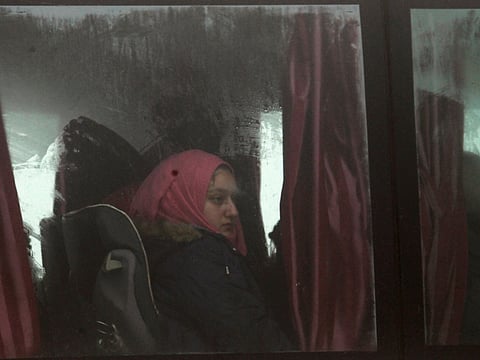Afraid of being sidelined, Iran expedites population swaps
Opposition figures have decried the unprecedented move as criminal

Damascus: Over ten thousand Shiites are resettling in towns around Damascus, effectively creating a “belt” that stretches from the Syrian capital to the Hezbollah-controlled Lebanese border.
This collective demographic reshuffle is the product of a recent agreement brokered by Iran and Qatar, which went into effect on April 14.
Under the deal, more than 10,000 Shiite residents from the north-western Syrian towns of Kefraya and Foa’a will resettle in the towns of Zabadani and Madaya just outside of Damascus.
Meanwhile, 2,500 Sunni rebels and their families from Zabadani and Madaya would start being bussed to Shiite towns in the northern province of Idlib — one of the only provinces in Syria still firmly under rebel-control.
The intricate deal involving swapping dead soldiers and prisoner exchanges is highly controversial.
It effectively solidifies a demographic reshuffling in the country, which leans in Syrian president Bashar Al Assad’s favour.
“This is the first time entire populations of towns will be transferred,” Ebrahim Hamidi, senior editor of the London-based Al Hayat newspaper, told Gulf News.
He speculated that Iran could have expedited the deal out of fear that Russia and the US reach a deal at its expense.
A “Shiite-belt” around Damascus would help insulate it from rebel attacks.
Leading Syrian opposition figures have expressed outrage over the deal.
“This criminal deal forcefully depopulates cities,” Adib Al Shishakli said, adding that it is tantamount to striking them with chemical weapons.
Other parts of the deal — still not mentioned in the media — include transporting militants in the Palestinian Yarmouk Camp and Boukein, also in the capital’s countryside.
Sign up for the Daily Briefing
Get the latest news and updates straight to your inbox

